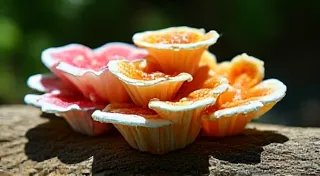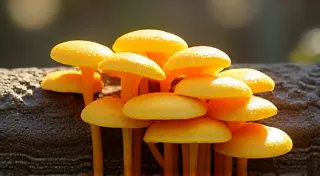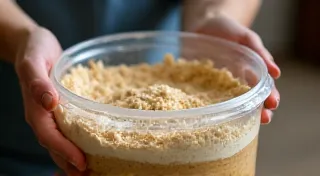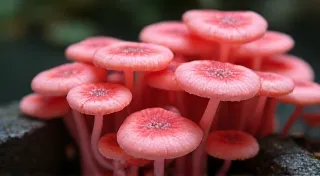Mushroom Inoculation: Introducing Spawn to Substrate
So, you’re ready to take the next big step in your home mushroom cultivation journey! You've prepared your substrate, now it's time to introduce the magic: spawn. This article will guide you through the critical process of mushroom inoculation, covering different spawn types, inoculation methods, and, crucially, sanitation – your best defense against contamination. Mastering this skill is vital for successfully growing gourmet and exotic mushroom varieties. For those truly interested in expanding their mycological knowledge, you might even be inspired to explore advanced mycology and delve into the world of rare and fascinating mushroom varieties later on.
Understanding Spawn: The Mushroom’s Seed
Spawn isn't a seed in the traditional plant sense. It's a carrier – typically grain, sawdust, or wood chips – that has been colonized by mushroom mycelium. Think of it as the "seed" you introduce to your substrate to kickstart the mushroom growing process. Different spawn types offer varying levels of convenience and suitability for different mushrooms.
Common Spawn Types:
- Grain Spawn: The most popular choice for many beginners. Rye, wheat, or other grains are sterilized and then inoculated with mushroom mycelium. It’s readily available and generally provides robust colonization.
- Sawdust Spawn: Often used for larger-scale cultivation or wood-loving species. It's more economical but may require more attention to detail.
- Plug Spawn: These are wooden dowels inoculated with mycelium, primarily used for log inoculation (more on that later).
The type of spawn you choose often depends on the mushroom species you're cultivating. For example, Oyster mushrooms are very forgiving and can be grown with various spawn types, while more delicate varieties might benefit from the quicker colonization of grain spawn. Speaking of Oyster mushrooms, if you're looking to explore different varieties beyond the common white oyster, you could discover more about oyster mushroom varieties and their unique characteristics.
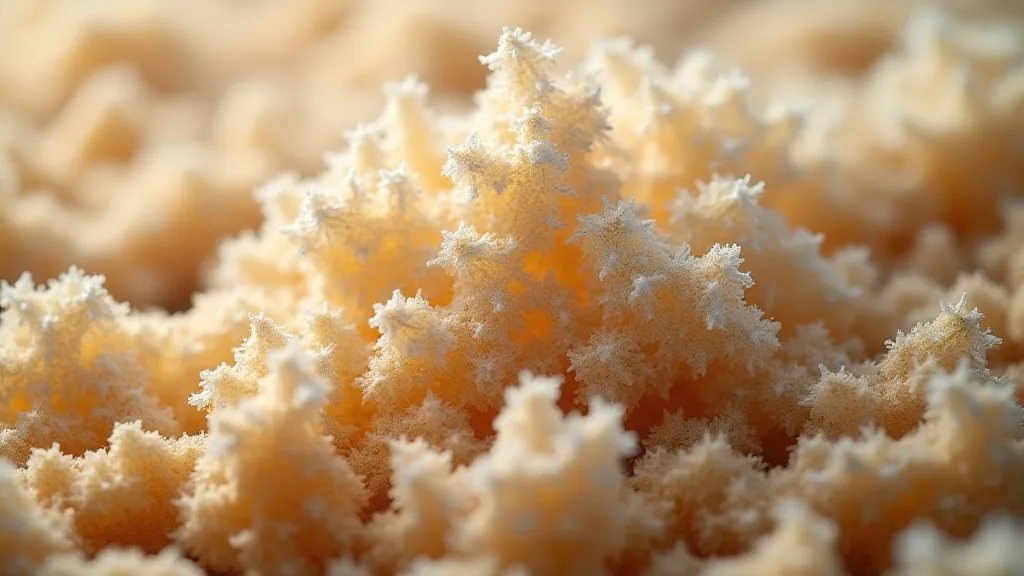
Inoculation Methods: Getting the Spawn into the Substrate
The method you use to introduce spawn to your substrate will depend on the scale of your operation and the type of substrate you’re using. Here are a few common approaches:
Layering (for Bulk Substrate):
This is a frequently used method for growing mushrooms in bulk substrate (like coco coir and vermiculite). You alternate layers of substrate and spawn, ensuring good contact between the two. This is particularly useful for larger quantities of substrate.
Mixing (for Monotubs and Bags):
Mixing spawn directly into the substrate ensures even distribution of the mycelium. This is a simple method, especially well-suited for growing in bags or monotubs.
Plug Inoculation (for Logs):
This method is specifically for inoculating logs. Drill holes into the logs and insert plug spawn, effectively introducing mycelium directly into the wood. This is the primary method for growing mushrooms like Shiitake and Lion's Mane on logs. If you're particularly interested in cultivating Lion's Mane, a fascinating and beneficial mushroom, you can find a comprehensive beginner's guide to Lion's Mane mushroom cultivation.
Sanitation: Your First Line of Defense
This cannot be stressed enough! Contamination is the biggest threat to successful mushroom cultivation. Mold and other competing organisms will happily take over your substrate if given the opportunity. Here's how to minimize the risk:
Cleanliness is Key:
- Sterilize Everything: Substrate, containers, tools – everything that comes into contact with your spawn must be sterilized. Pressure cookers are essential for effectively sterilizing substrate.
- Work in a Clean Environment: A still air box (SAB) or laminar flow hood provides the cleanest working environment. If you don't have specialized equipment, choose a room with minimal airflow and wipe down surfaces with isopropyl alcohol.
- Wear Gloves: Always wear nitrile gloves and change them frequently.
- Flame Sterilize Tools: Briefly pass tools through a flame (using a butane torch) to kill surface contaminants.
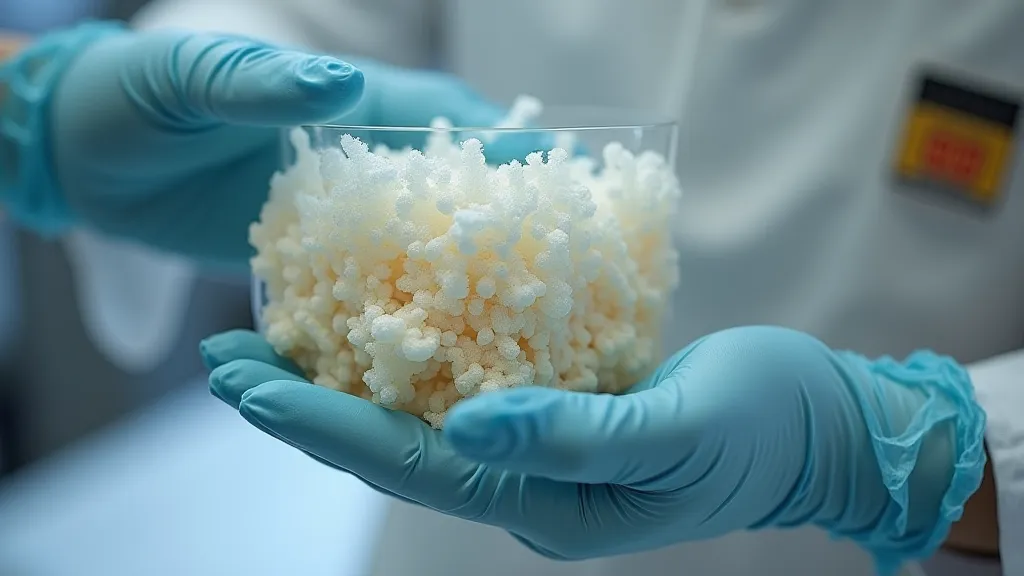
Troubleshooting and Common Mistakes
Even with the best precautions, things can sometimes go wrong. Here are a few common issues:
- Green Mold (Trichoderma): A common contaminant. Discard the entire inoculated substrate immediately.
- Cobweb Mold: Another persistent contaminant. Prevention through rigorous sanitation is crucial.
- Slow Colonization: Could be due to improper sterilization, low-quality spawn, or unfavorable environmental conditions (temperature too low).
Beyond the Basics: The Mycelial Network and Resilience
Successfully inoculating and cultivating mushrooms isn’t just about following a set of instructions; it's about understanding the intricate world of mycelia and appreciating the incredible resilience they offer. The mycelial network is much more than just a growth medium; it's a complex communication system and a powerful force within the ecosystem. It's this network that allows mushrooms to thrive even in challenging environments, and tapping into that understanding can significantly improve your cultivation success. Exploring the broader concept of mycelial resilience can also be incredibly inspiring, and you might find yourself captivated by the mycelial bloom and the broader themes of cultivating resilience through home mycology.
Expanding Your Cultivation Toolkit: Substrate Variations and Spawn Combinations
Once you're comfortable with the core inoculation techniques, the possibilities for experimentation are virtually endless. You can explore different substrate combinations to tailor nutrient profiles and optimize growth rates. For example, incorporating things like coffee grounds, straw, or even spent grain from brewing can provide unique flavor profiles and improve the overall health of your mycelium. You can also experiment with introducing multiple strains of mushroom spawn to create unique and complex flavor combinations – a practice often employed by experienced cultivators to achieve truly exceptional results. The key is to always prioritize sanitation and observe your substrate carefully for any signs of contamination.
Advanced Sanitation Techniques for Optimal Results
While the basics of sanitation are critical, advanced cultivators often employ additional techniques to minimize the risk of contamination. These can include using multiple sterilization cycles, incorporating antifungal agents into the substrate (with careful consideration for their impact on the mycelium), and employing air filtration systems to remove airborne contaminants. These advanced practices often require a significant investment in equipment and time, but they can be invaluable for achieving consistently high yields and preventing devastating losses due to contamination.
The Future of Home Mycology: Sustainability and Innovation
Home mycology is not just a hobby; it’s a growing movement toward sustainable food production and a deeper connection to the natural world. As more people embrace the power of mushrooms, we're seeing exciting innovations in cultivation techniques, substrate utilization, and even the development of new mushroom varieties. The potential for home mycology to contribute to a more resilient and sustainable food system is truly inspiring, and it's a field ripe with opportunity for both seasoned cultivators and those just beginning their journey.
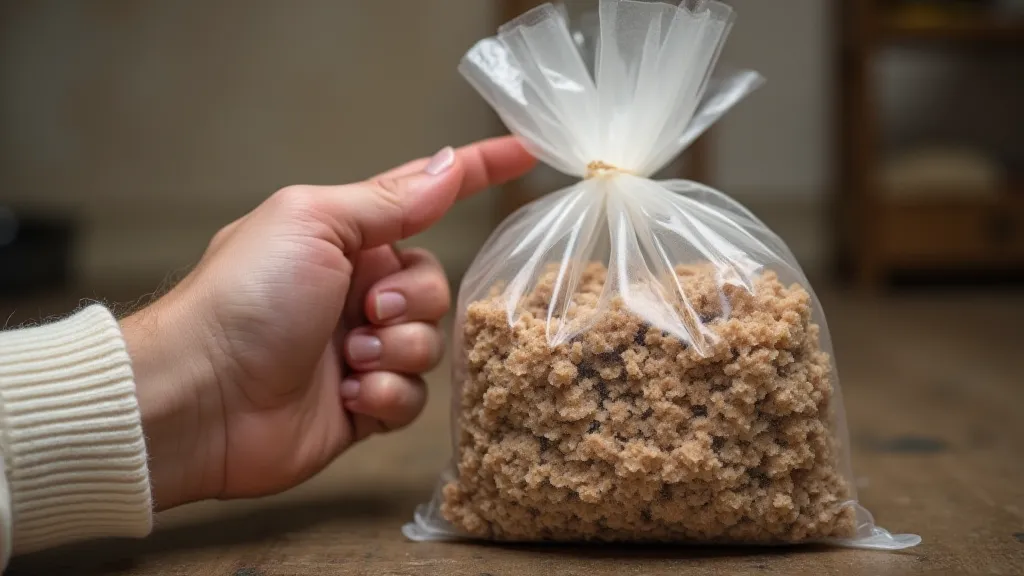
With practice and attention to detail, you’re well on your way to enjoying the rewards of growing your own delicious and exotic mushrooms at home!
